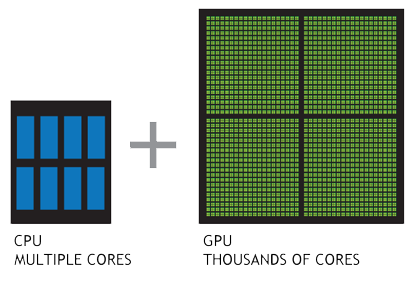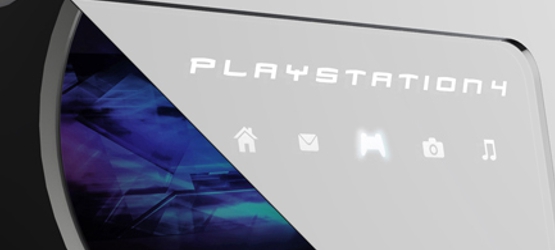
With the PS4 probably coming out next year, and certainly no later than 2014, we’ve been digging around looking for the inside scoop on what exactly you should expect. All of the following is based on publicly available information, rather than shady secret anonymous sources where you have to trust us because we’re games journalists (ha!).
Due to the size of this post, it has been split up into sections, feel free to scroll to the ones that interest you, or read the whole article to get the full picture.
First off, PSLS has uncovered a job listing for a ‘Lead Systems Engineer’ that “will act as an industry expert and a leader in systems level development on PlayStation platforms”, which includes “hands-on low-level research on cutting-edge hardware”. Basically, the job listing heavily hints that the Lead Systems Engineer will be working on future PlayStation hardware – that is, the PlayStation 4 or Orbis.
So that’s why the fact that the advert lists “experience on GPGPU programming” as required is rather interesting. A previous job listing for a Staff Compiler Engineer at SCE’s US R&D team for “current and future platforms” also talks about GPGPUs, as does this Technical Account Manager job. So does a Sony London job, but we’ll get to that later.
GPGPU – What it is:
General-purpose computing on graphics processing units (GPGPU) isn’t an entirely new concept – it’s been used in super computers for a while and Nvidia has been pushing the tech heavily with its Tesla Personal Supercomputers that use their CUDA parallel computing architecture. The trend of using a GPU for more general purpose stuff came into being in 2006 – right when this generation of consoles began, meaning they missed out on it – and has become increasingly popular. Most importantly, the Wii U also uses one (although with arguably weak chips).
In its most basic terms, what a GPGPU is is a GPU that also handles stuff that a CPU would do. Nvidia’s Sanford Russell explains the traditional GPU and CPU arrangement as thus (paraphrased by Gizmodo) – ‘If you were looking for a word in a book, and handed the task to a CPU, it would start at page one and read it all the way to the end, because it’s a “serial” processor. It would be fast, but would take time because it has to go in order. A GPU, which is a “parallel” processor, “would tear [the book] into a thousand pieces” and read it all at the same time. Even if each individual word is read more slowly, the book may be read in its entirety quicker, because words are read simultaneously.’

GPGPU – In Gaming:
The true impact this will have on games will depend on the chips themselves, but GPU consultants and researchers Nullpointer explained the benefits of a GPGPU in a slideshow.
“High processing power of the GPUs, the GPUs are very powerful and games, as real time applications, need its power to add performance.” It could also avoid a bottleneck of CPU to GPU transfer time, as well as leading to better AI and game physics.
AMD explained the current usage of GPGPUs in a presentation at their Fusion 12 Developer Summit this summer – the GPGPUs all focus on visual aspects like particles, fluid simulation and destruction. But it has limitations for non-graphics processing with buffers, delays and constrained programming models. The future, however, is bright. Heterogeneous Systems Architecture is the latest take on GPGPUs , which AMD thinks will drastically decrease latency.
- “With HSA you can simulate physics on the GPU and get the results back in the same frame.
- More objects, higher fidelity.”
Load times could also be minimized significantly as decompression would be far faster. Equally, simulating thousands of troops’ motion across terrain was highlighted as something that would be far easier. AMD ended by saying:
HSA will finally make GPUs available to developers as full-featured co-processors.
Essentially, it means that developers will be able to make the full use of a system’s power, and not have problems like with the PS3’s Cell chip, where there’s a ton of power under the hood, but it’s hard to access.
AMD has long been rumored to be working with Sony on the PlayStation 4.
Continue reading to find out about a DirectX 11 equivalent on the PS4 as well as tessellation, or skip to page 3 for all the details on Sony London and lighting…








